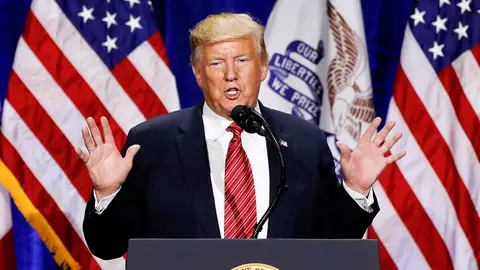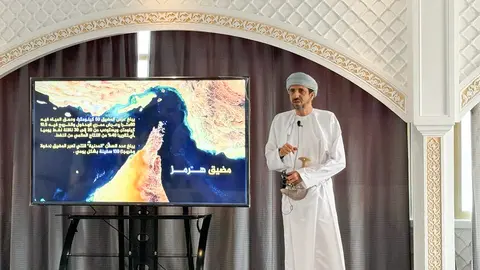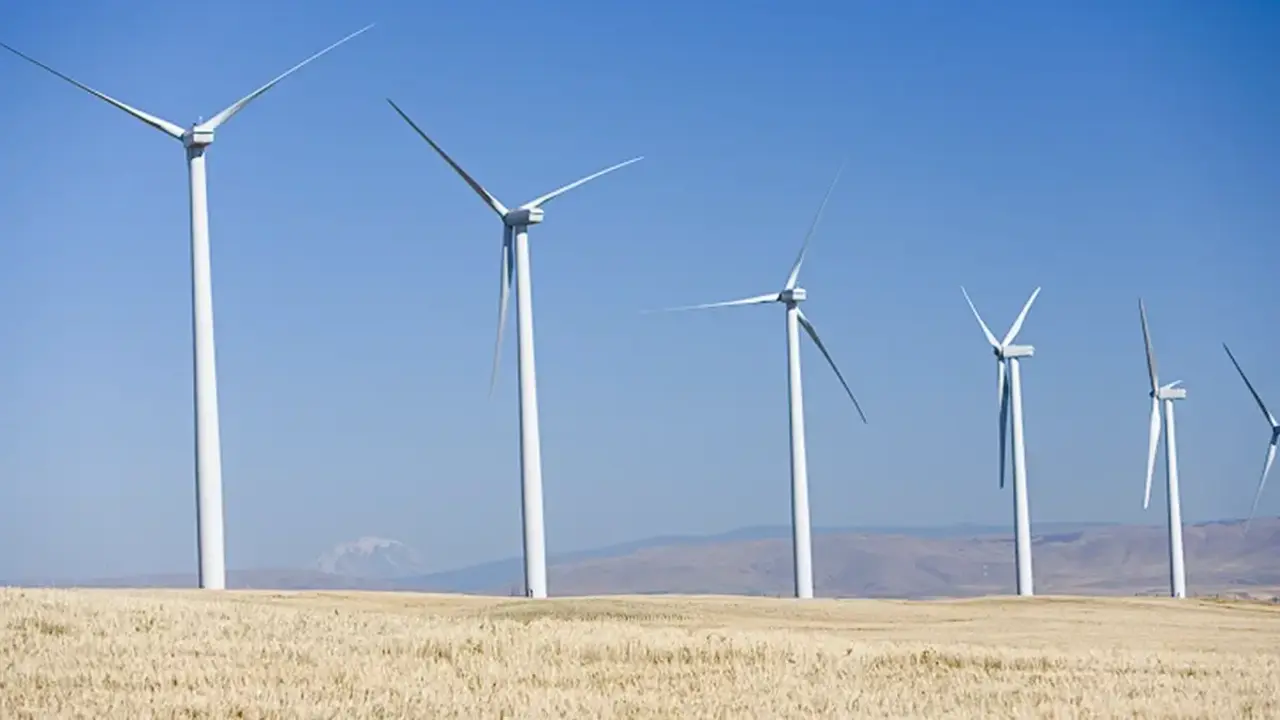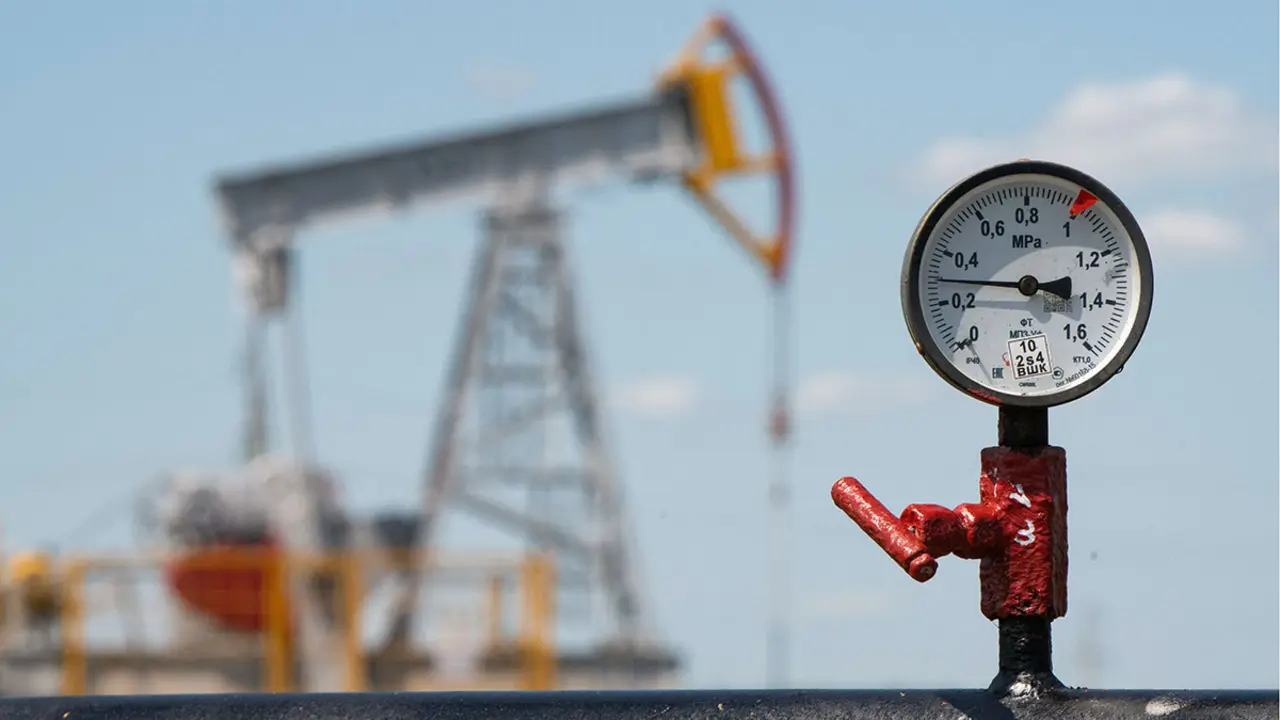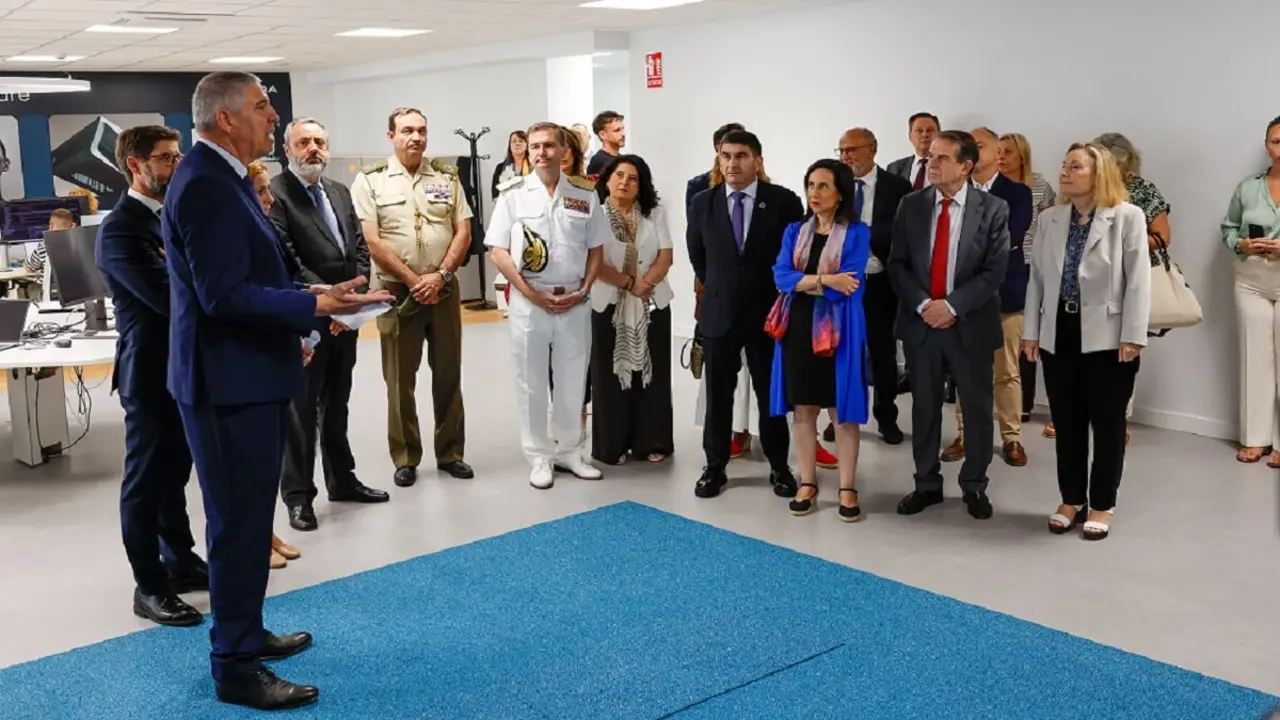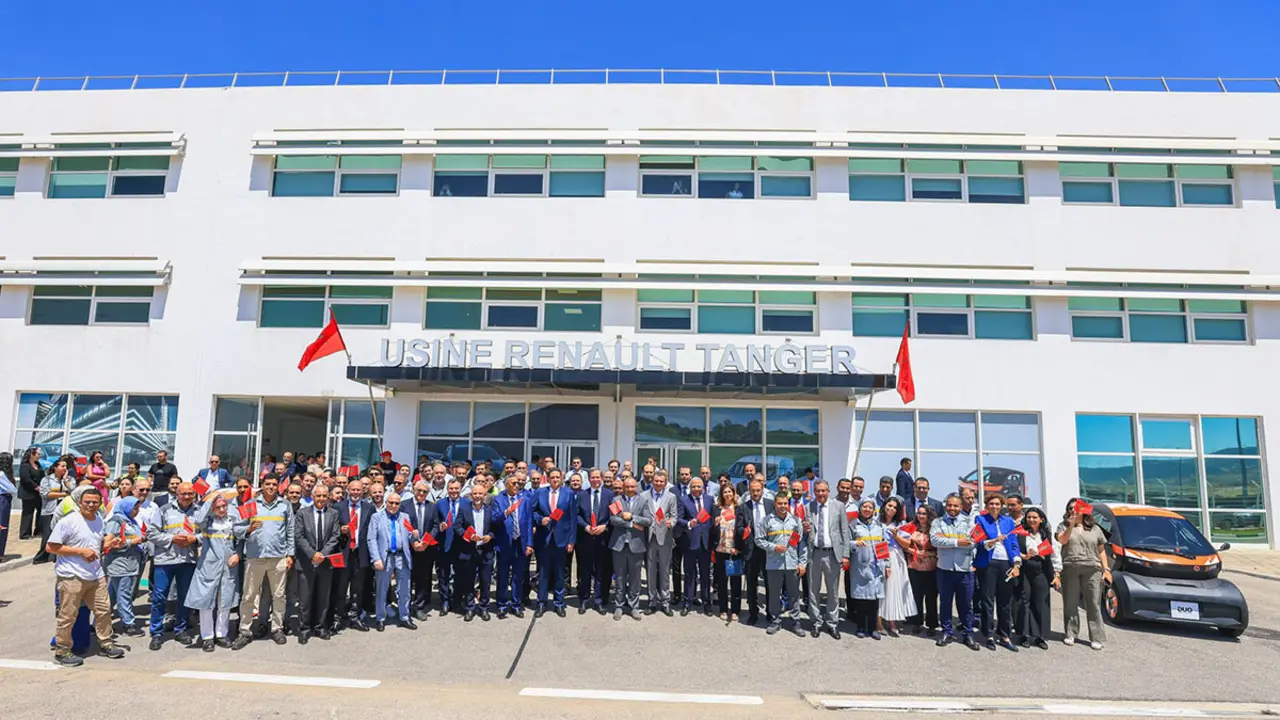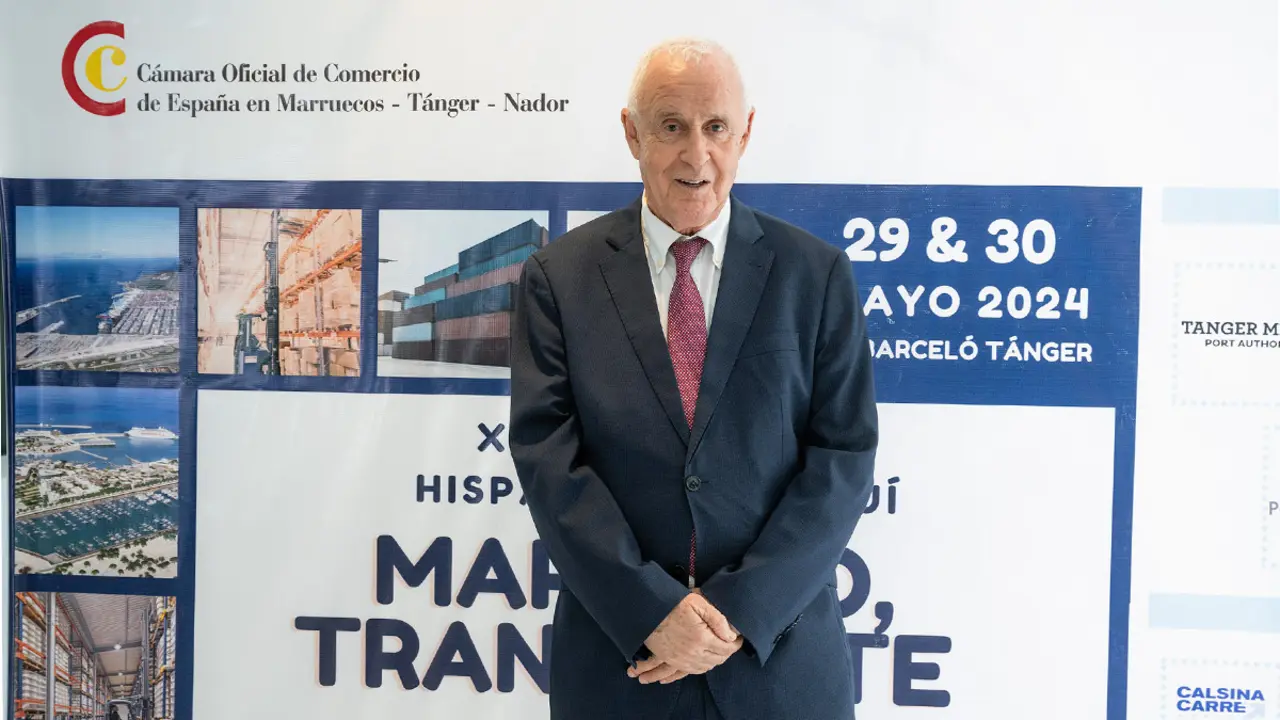Sultanate of Oman: from the oil crisis to a diversified economy
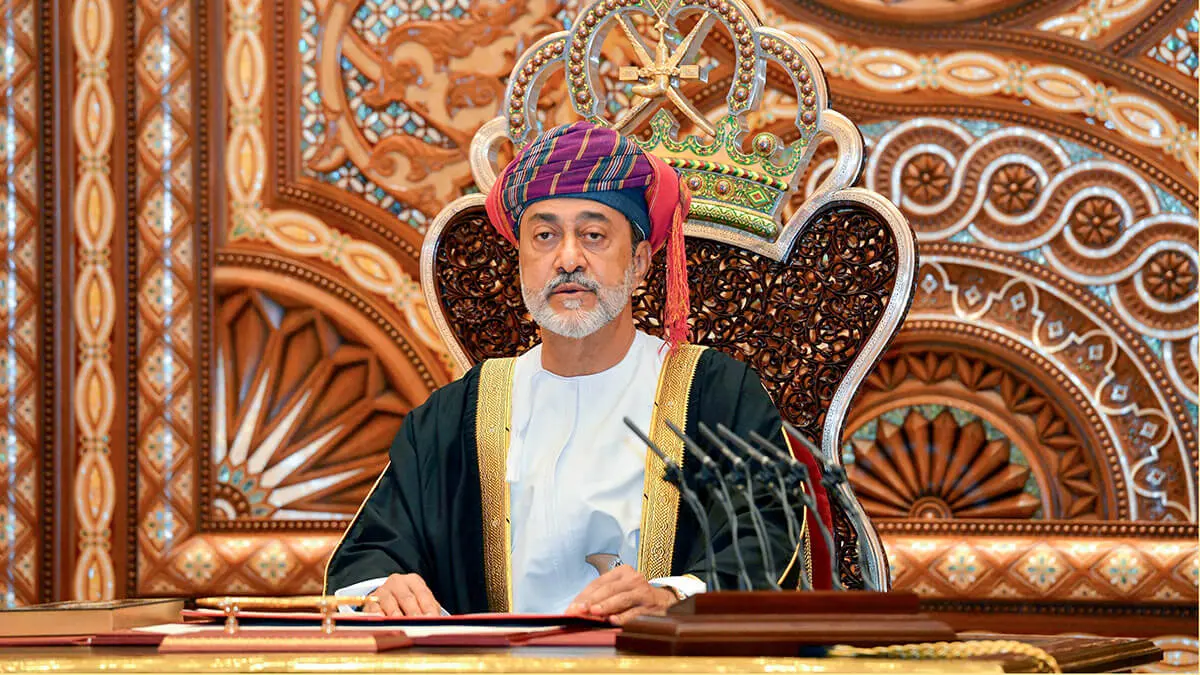
- Oman and its oil-linked economy
- Opening up to the world
- On track
- Spanish business interest
- The European Union is also very interested in the region
With a well-defined strategic plan, the country is positioning itself as an attractive destination in commercial and financial terms, where other players have already begun to take notice. An international context marked by uncertainty could also be driving this rapprochement with the Arab nation.
Oman and its oil-linked economy
Following the drastic fall in oil prices in 2014, which plummeted by up to 60%, Oman was plunged into a deep economic crisis. To sustain public spending, the country resorted to massive borrowing: public debt, which in 2014 represented just 5% of GDP, shot up to 81% in 2020. This was compounded by the continuous downgrading of its credit rating, which increased interest on the debt to such an extent that the state ended up spending more on interest payments than on subsidies for its population.
This, together with the accumulated fiscal and current account deficits, as well as the arrival of the COVID-19 pandemic, led to what the Central Bank considered a period of significant economic stagnation.
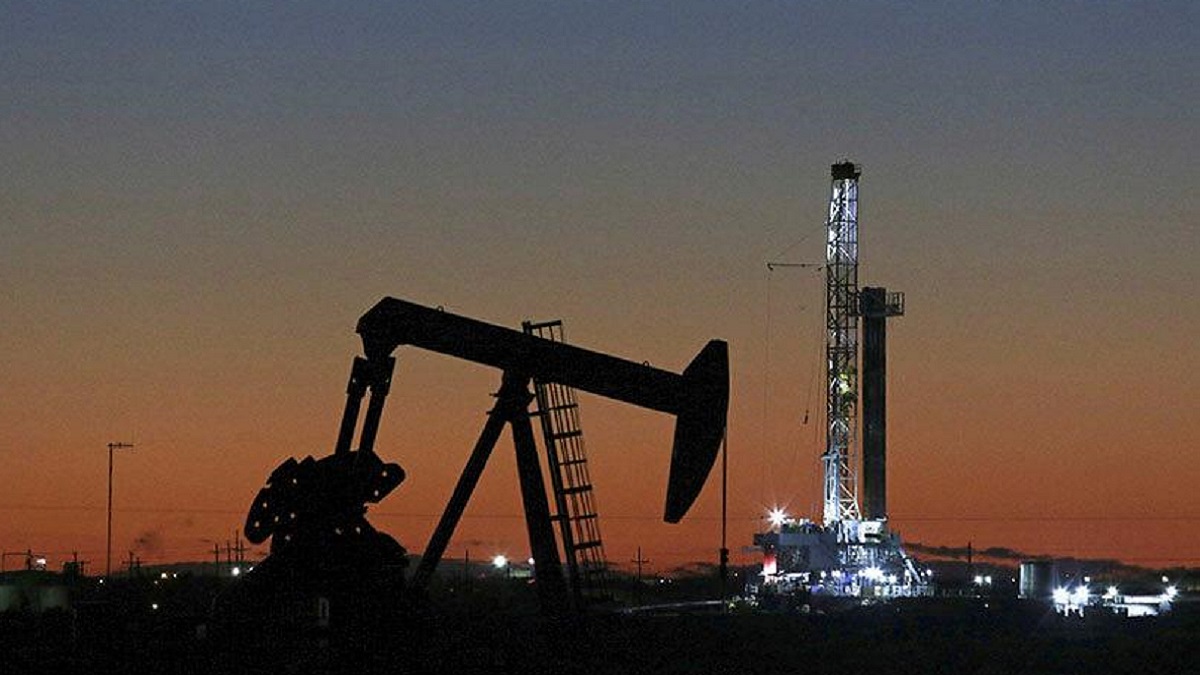
Opening up to the world
This scenario was the turning point that led the Omani government to accelerate its economic transformation strategy. Under the framework of Vision 2040, a programme officially launched in 2021, Oman seeks to reduce its historic dependence on hydrocarbons, which until recently accounted for more than 60% of public revenue, by attracting foreign investment and diversifying production.
The effects of this transition are already beginning to be felt. According to the International Monetary Fund (IMF), non-oil sectors such as tourism, manufacturing, construction, logistics, and food and water security are showing accelerated growth.
In terms of tourism, with the ambitious goal of reaching 11 million visitors per year by 2040, Oman is investing in promoting its cultural heritage, luxury hotels and adventure tourism.
Another priority sector is logistics. Thanks to its strategic geographical location - at the crossroads between South Asia, East Africa and the Arabian Peninsula - the country has positioned itself as a natural regional hub. The country is expanding its network of ports, airports and railways to improve its international connectivity and attract foreign direct investment.
The manufacturing industry is also booming, with a focus on sectors such as automotive, aerospace and renewable energy technologies. As part of its energy transition, it has set a target of 39% of its electricity coming from renewable sources by 2030, mainly solar and wind.
Finally, in terms of mineral resources, Oman is home to some of the largest reserves of copper, gold and chromite in the region. Seeking to move away from its dependence on the oil sector, the state is encouraging foreign entities to start exploration and exploitation activities for these materials.
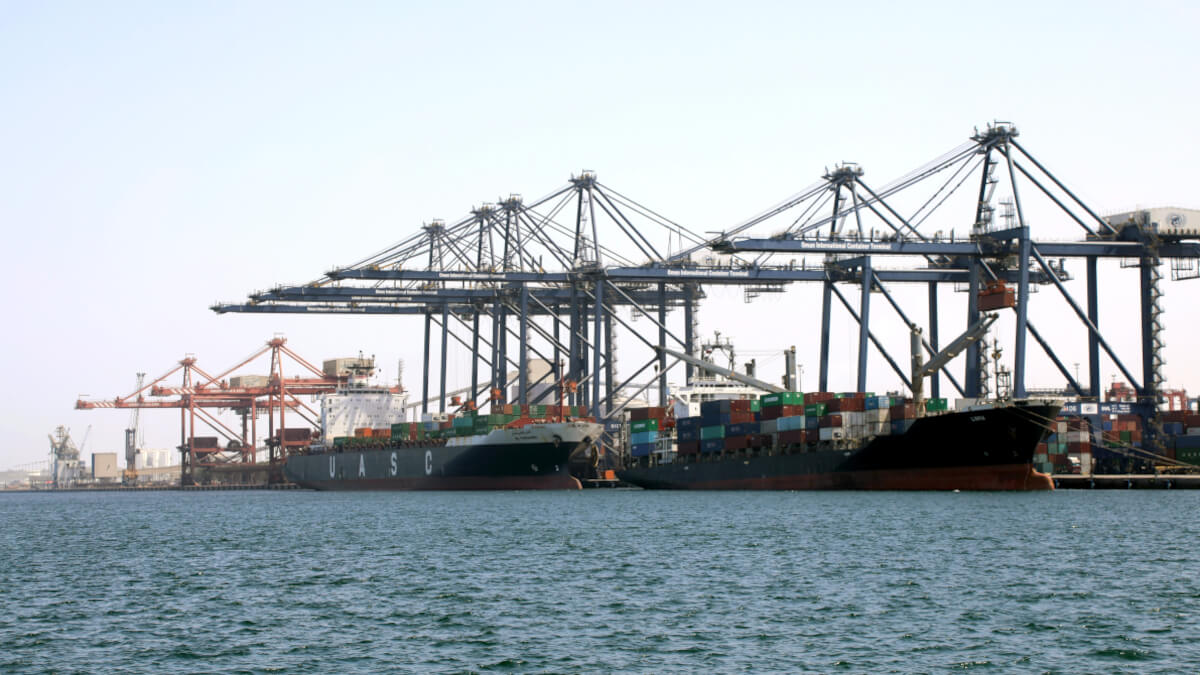
On track
Recent macroeconomic data show favourable signs. Real GDP is expected to grow by 3.1% in 2025 and 4.4% in 2026. In addition, the Central Bank estimates that it will have reserves worth 21.3 billion dollars by the end of 2025.
Countries such as the United States and India already have free trade agreements with Oman, which reinforces its attractiveness. In the words of Hussain Abdulhussain, a member of the Oman Chamber of Commerce, the country ‘offers a very favourable environment for business development’, highlighting sectors such as infrastructure, petrochemicals, tourism and technology.
Spanish business interest
Several countries are very interested in Oman for commercial or financial ties. In this vein, Spain has begun to position itself strategically to take advantage of the opportunities offered by Oman's economic transformation process.
The international director of the Spanish Chamber of Commerce, Jaime Montalvo, recently pointed out Oman's economic stability and the potential for increasing bilateral trade. In addition, Ana de Vicente, deputy director general for the Mediterranean, Africa and the Middle East, highlighted the government's commitment to strengthening economic ties with the Sultanate and highlighted the instruments available, such as the Fund for the Internationalisation of Companies (FIEM), which supports Spanish companies in their international expansion.
A tangible sign of this growing interest was the trade mission led by the Tarragona Chamber of Commerce, which organised its first in-person business visit to Oman. The initiative brought together Spanish companies from different sectors with the aim of exploring a rapidly expanding market. Guillem Virgili, an expert from the Chamber's International Department, said that ‘Oman is one of the most stable and diversified economies in the Middle East,’ adding that the country is undergoing a transformation that is ‘very favourable for Spanish companies, especially those focused on design, quality and modernisation of spaces.’
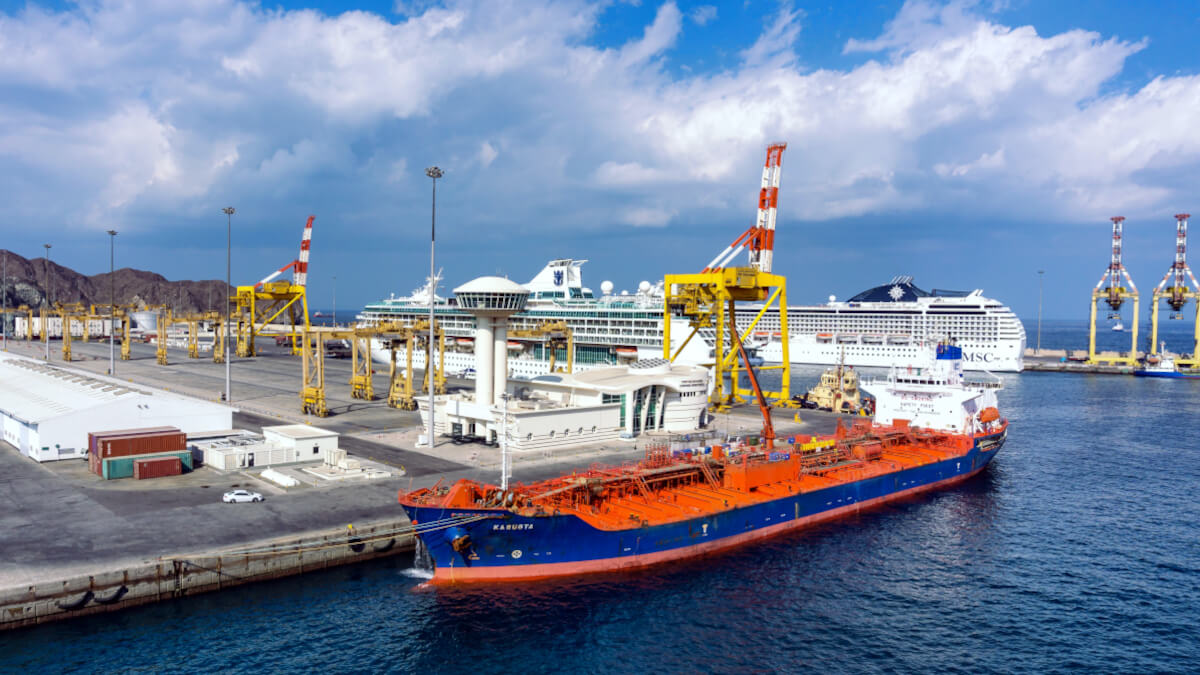
The European Union is also very interested in the region
This year, in a global context marked by the need to diversify strategic alliances, the European Union has intensified its interest in the Gulf Cooperation Council (GCC), of which Oman is a member, especially in economic terms. Although it has so far maintained a more discreet profile than regional powers such as Saudi Arabia and the United Arab Emirates, thanks to its political stability, economic reforms and growing links with European countries such as Spain, the Sultanate could soon gain prominence as a new focus of European interest.
According to Olof Gill, spokesperson for the European Commission for Trade, there is still ‘enormous potential to be exploited in areas such as renewable energy, green hydrogen and artificial intelligence, which are key to the ecological and digital transitions in both the EU and the GCC’. These types of emerging sectors, in which Oman is also seeking to develop, are precisely those that Europe considers fundamental to ensuring its future competitiveness.
Furthermore, following its intentions to reduce its dependence on actors such as the United States and China, the EU sees its relationship with the GCC as a third geopolitical way. The Gulf countries maintain an equidistant and practical diplomacy, with stable relations with both the West and emerging powers such as India, Russia and China, making them valuable partners in an increasingly fragmented world.

